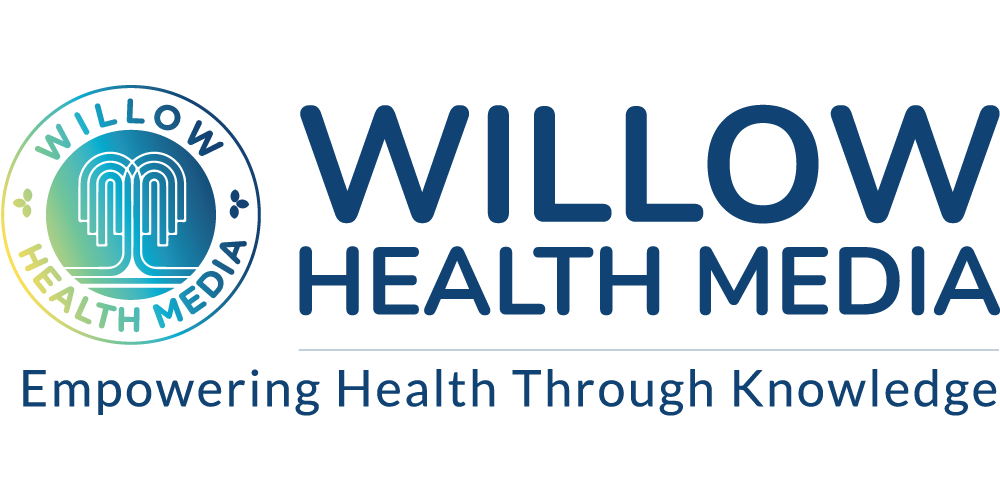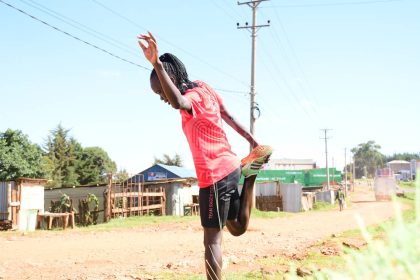One stark difference between NHIF and SHA is the previous 91 medical schemes will not exist- besides Linda Mama and Edu Afya
By Rose Mukonyo
Kenyans from all walks of life will now have access to free, affordable healthcare services through the Social Health Authority SHA, a new government body formed in 2023 to replace the National Health Insurance Fund (NHIF).
NHIF, a government parastatal established in 1966 as a department under the Ministry of Health, has been operating for over 50 years.
Article 43 of the Constitution mandates the government to provide health care services for all Kenyans, and this fell under NHIF to provide medical insurance coverage for its registered members in Kenya.
However, issues including mismanagement, corruption and poor service delivery created the need for better medical insurance accessible to all Kenyans.
Over the years, several attempts have been made to rectify, even replace the NHIF- until now with the implementation of SHA under the Kenya Kwanza government’s Bottoms Up Economic Transformation Agenda (BETA).
Chairperson of SHA, Dr Abdi Mohammed, says President William Ruto’s manifesto outlined plans for a better, more inclusive insurance scheme as part of his party’s health care agenda.
“They (government) looked at the challenges posed by the National Health Insurance Fund and sought ways to address them legislatively,” offers Dr Abdi. “We could not do what we wanted to do still under NHIF, because people have tried before over the decades and have failed, and we did not want a repeat of the same.”
Dr Abdi explains that SHA is set to deliver what NHIF did not, by ensuring all Kenyans can access comprehensive healthcare services without financial constraints as part of achieving Universal Health Coverage (UHC) under BETA.
SHA is an expansive healthcare system that offers a wide range of services, including some that were not in NHIF. It will be financed through three funds, namely the Social Health Insurance Fund (SHIF), the Emergency Chronic and Critical Illness Fund, and the Primary Healthcare Fund.
According to the Ministry of Health, SHA will ensure that all registered and paid-up members will benefit from the fund. Nevertheless, Kenyans who are neither registered nor paid up will still have access to emergency services and treatment.
The Primary Healthcare Fund, which is the most basic of all three funds, will cover inpatient and outpatient care services, screening and management of cancer, optical care, and end-of-life services. This will be available in Level 2, 3 and select Level 4 primary healthcare facilities.
The Social Health Insurance Fund (SHIF) will cover inpatient and outpatient services; maternity, neonatal and child health services, renal care services, mental wellness, overseas treatment, and surgical services.
It will also cover medical imaging, oral health services, and oncology services including screening and treatment of cancer. All these will be available at Level 2 to Level 6 facilities.
The third fund, which is the Emergency, Chronic and Critical Illness Fund, will cover ambulance evacuation services, accident and emergency services, admission in critical care units, palliative care and assistive devices such as wheelchairs. This fund will also provide management of chronic illnesses in Level 2 to Level 6 facilities.
SHA will contract public, private and faith-based healthcare providers to offer services to members. For overseas treatment, the authority will work with healthcare providers outside Kenya for specialised services not found in Kenya. Dr Abdi says there are plans to empanel specific facilities overseas, where Kenyans will be able to access medical services at subsidised rates.
Dr Patrick Amoth, the Acting Director General in the Ministry of Health, says the three healthcare funds will be financed from multiple sources to ensure that all Kenyans can get access to healthcare without financial constraints.
The Primary Health Care Fund will be financed by the government with a budget of Ksh14 billion for all registered members to access benefits.
The Social Health Insurance Fund will be financed through household contributions, and the government will pay for indigents – extremely poor people lacking the basic resources for a normal life – for which the government has set aside a budget of Ksh20 billion. Only registered and paid-up members will access benefits under this fund.
Lastly, the Emergency, Chronic and Critical Illness Fund will be fully financed by the government to the tune of Ksh53 billion. Emergency care services under this fund will be accessible to all Kenyans, but specialised care will be accessible only to paid-up members.
To fund the comprehensive scheme, salaried households will contribute a fixed rate of 2.75% of the gross salary deducted monthly, while non-salaried households will contribute 2.75% of their income annually using a means-testing tool. For each category, the minimum contribution is Ksh300 per month.
Dr Amoth says primary healthcare networks will focus on delivering person-centred, preventive and promotive care at the community level, for which the government has enlisted more than 107,000 Community Health Promoters countrywide, with each earning a monthly stipend of Ksh5,000.
One stark difference between NHIF and the new healthcare financing system is that medical schemes will not exist. NHIF had 91 medical schemes through which different categories of members accessed various benefits.
In the new model, only the Linda Mama and Edu Afya programmes will continue, but domiciled under the Social Health Insurance Fund, and the Primary Health Care Fund.
According to Dr Daniel Mwai, Advisor to the Presidential Economic Transformation Team on Health, since its inception in 2013, Linda Mama has, in the last one financial year, provided healthcare services to more than one million mothers, spanning over 70 per cent of deliveries in public healthcare facilities.
“Linda Mama will be expanded to cover prenatal care, and also provide comprehensive postnatal care, ensuring a holistic approach to maternal and child health,” he says. “This expansion seeks to safeguard the well-being of both mother and child throughout the entire continuum of care.”
However, even as the government moves forward with the implementation of the new health financing system, healthcare workers have pointed out that there is a level of unpreparedness in terms of sensitisation of the Social Health Authority, and training of the people to implement it.
According to George Gibore, the General Secretary and chief executive of the Kenya Union of Clinical Officers, healthcare workers have not been involved in the process, and their input has been ignored.
“There has not been dissemination of information to the hospitals, and communities have not been well informed about what SHA is all about,” he laments. “The government is distancing itself from healthcare workers who are the main players because they have a role to play and yet they do not know what that role is.”




















